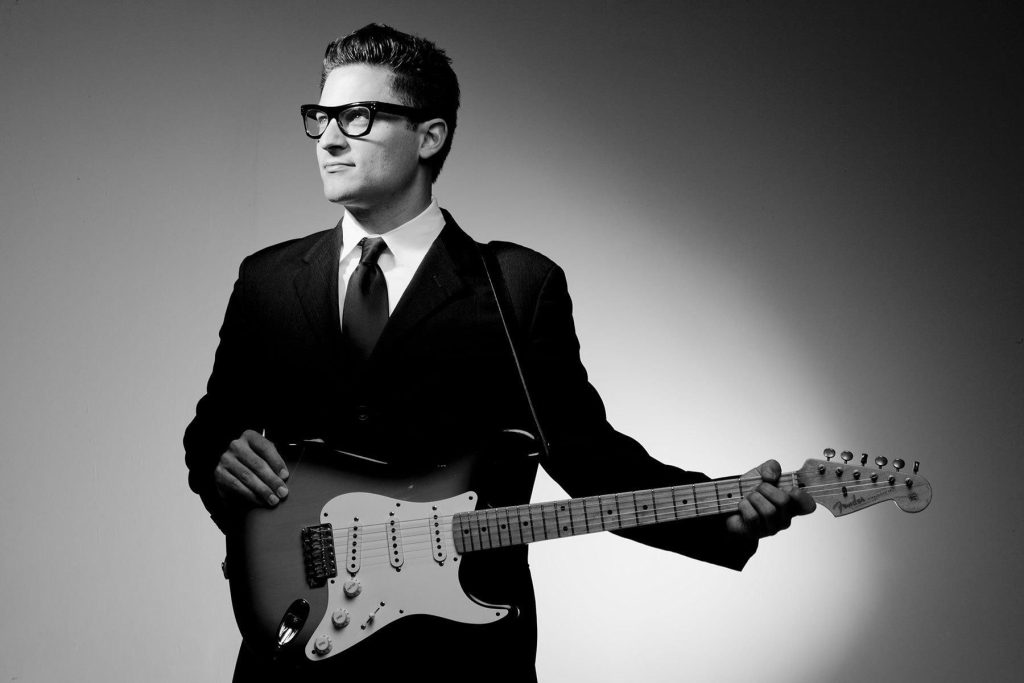
The Unyielding Spirit of Young Love and Heartbreak
When Buddy Holly released “That’ll Be the Day” in 1957, it was more than just a song—it was an anthem of youthful resilience and the poignant dance between hope and heartache. This track, steeped in the vibrancy of the rock ‘n’ roll era, captured the essence of a generation on the cusp of revolutionary change. “That’ll Be the Day” quickly climbed the charts, securing its place at number one on the Billboard Hot 100. It wasn’t merely a hit; it was a cultural milestone that echoed the sentiments of countless young hearts navigating the turbulent waters of love and loss.
The story behind this iconic track is as intriguing as its melody. Written by Buddy Holly and Jerry Allison, the title was inspired by a line frequently uttered by John Wayne in the 1956 film “The Searchers.” The phrase struck a chord with Holly, encapsulating a blend of skepticism and defiance that resonated deeply with his own experiences. At its core, the song’s narrative revolves around the universal theme of romantic uncertainty—capturing that all-too-familiar moment when one questions the permanence of love.
With Holly’s signature hiccuping vocal style, “That’ll Be the Day” exudes an irresistible charm, one that speaks to both the optimism and vulnerability inherent in young love. The song’s catchy refrain, underscored by its upbeat tempo, belies a deeper emotional undercurrent. It’s a bittersweet acknowledgment that love is as unpredictable as it is exhilarating—a sentiment that undoubtedly struck a chord with listeners who found themselves grappling with similar feelings.
Recording “That’ll Be the Day” wasn’t without its challenges. Initially laid down as a demo at Decca Records, Holly re-recorded it with The Crickets after being dropped by Decca—a testament to his tenacity and belief in his music. This version, produced by Norman Petty in Clovis, New Mexico, would become the definitive rendition that propelled Buddy Holly to stardom. The recording process itself was emblematic of Holly’s pioneering spirit; he was not only an artist but also a visionary who played an instrumental role in shaping the soundscape of rock ‘n’ roll.
The release of “That’ll Be the Day” marked a pivotal moment in music history. It signified not just Buddy Holly’s rise to fame but also heralded a new era where rock ‘n’ roll began to challenge societal norms and conventions. For many older listeners today, hearing this track evokes memories of youth—of jukeboxes playing in dimly lit diners, of dances held in school gymnasiums, and of lazy summer nights spent beneath starlit skies. It’s a song that invites reflection on times when life felt both beautifully simple and endlessly complex.
In retrospect, Buddy Holly’s influence extends far beyond his tragically short career. He was a trailblazer whose innovative approach left an indelible mark on future generations of musicians. His ability to weave relatable narratives into catchy melodies set him apart from his contemporaries and continues to inspire artists across genres.
As we listen to “That’ll Be the Day” today, we are reminded of its timelessness—a quality that transcends decades and speaks to every listener who has ever dared to love or dream. It’s more than just a nostalgic throwback; it’s a testament to enduring human emotions and experiences that remain relevant regardless of age.
So whether you’re revisiting this classic or discovering it for the first time, allow yourself to be swept away by Buddy Holly’s masterful storytelling and melodic genius. Let it serve as a reminder that while days may come and go, certain songs—and the memories they evoke—remain forever etched in our hearts.